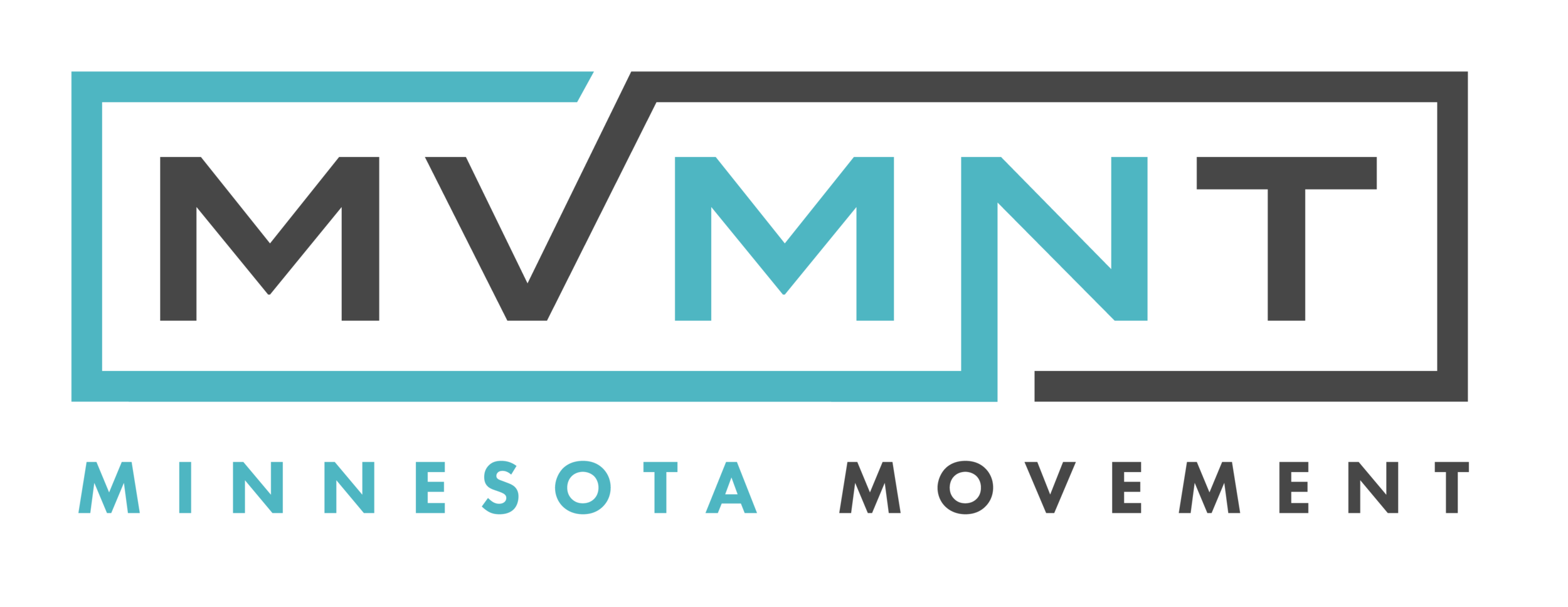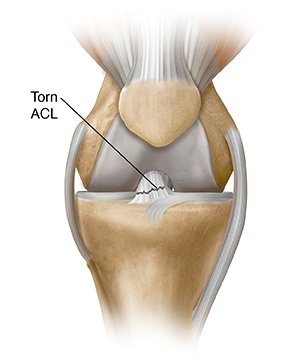Anterior Cruciate Ligament (ACL) Injuries
When you hear about ACL injuries, you often associate them with impact sports like hockey, soccer, or football. We all remember OBJ going down in the Super Bowl last year, getting hurt before he even got tackled!
Did you know that an ACL injury may occur even when there is minimal to no contact at all (1)? How does this happen!?
The main reason this can happen is due to compressive forces on the knee joint that cause your lower leg bone (the tibia) to move slightly forward when we switch from non-weight bearing to weight bearing (1). Think about cutting or doing a ‘juke move'.’ When doing this, we have to absorb the forces from the ground to the body.
This is where reactive stability of the foot, ankle, knee and hip come into play (1). When the foot is landing on the ground in a near flat-footed position, the foot and ankle complex does not allow for the calf muscles to absorb the ground reaction forces (GRFs) properly (1). There is an increase in ACL ruptures when landing on the heel or a flat foot when hitting the ground compared to landing on the ball of your foot (1). This is because the calf can be control the deceleration better when landing on the ball of your foot and allows for sufficient time to absorb the GRFs (1).
How are the hips involved? When looking at ACL injuries, there is a significantly higher degree of hip flexion at ground contact, placing the upper body farther behind the knee (1). To stabilize the body in this position while landing, the quad muscles would need to fire, placing a large amount of torque upon the knee which would strain the ACL (1).
Now that we know how ACL injuries happen, what can we do to prevent them? Do we train for it, practice landing mechanics, just avoid sports entirely?!
Thanks to the extensive research done to understand the mechanism of an ACL injury, there are many ACL prevention programs available out there! (Some even for FREE!) Instead of going through each one, I am going to be listing the components needed for a good ACL Prevention Program so you can check the list off at home.
[Although implied, it is important to note that these programs and training concepts are to limit the risk of an ACL Injury. These aren’t bulletproof and sometimes regardless of how well we prepare, things don’t go to plan]
The first component is plyometrics (2). This involves a lot of jumping, hopping, and most importantly, landing. These exercises focus us to learn how to control our body and build proper technique to help reduce ligamentous strain when performing explosive and decelerating movements (2).
The second component is neuromuscular training (2). This type of training is focused on building the mind-body connection. It is used to increase optimal muscle firing patterns, increase joint stability through a range of motion and to perform movement patterns necessary for daily or sport specific activities (2). Neuromuscular training would include balance and proprioceptive exercises like balancing on uneven surfaces, single-leg stability drills, jump training, agility drills and sport specific exercises (2). The main goal of this type of training is to improve postural control, and asymmetries in the lower extremities (2).
Lastly, the third component is strength training (2). After you increase muscle firing patterns with neuromuscular training, it is important to ingrain those patterns with resistance (strength) training. Be aware, according to the research, strength training alone may not be enough to prevent ACL injuries (2).
When going through an ACL prevention program, it is important to have a feedback system in place (2). Someone like a coach or teammate to watch you as you are doing the movements adequately. Or if you are on your own, do it in front of a mirror to see where your knees and feet are pointing (2). Focus on external cues, as this aids in the movements becoming automatic and speeds up the learning process (2)!
If you play a sport where stopping and starting or changing direction quickly is part of the game, I encourage you to work some preventative training to keep you in the game!
1. Boden, Barry P., et al. "Non-contact ACL injuries: mechanisms and risk factors." The Journal of the American Academy of Orthopaedic Surgeons 18.9 (2010): 520.
2. Nessler, Trent, Linda Denney, and Justin Sampley. "ACL injury prevention: what does research tell us?." Current reviews in musculoskeletal medicine 10.3 (2017): 281-288.


